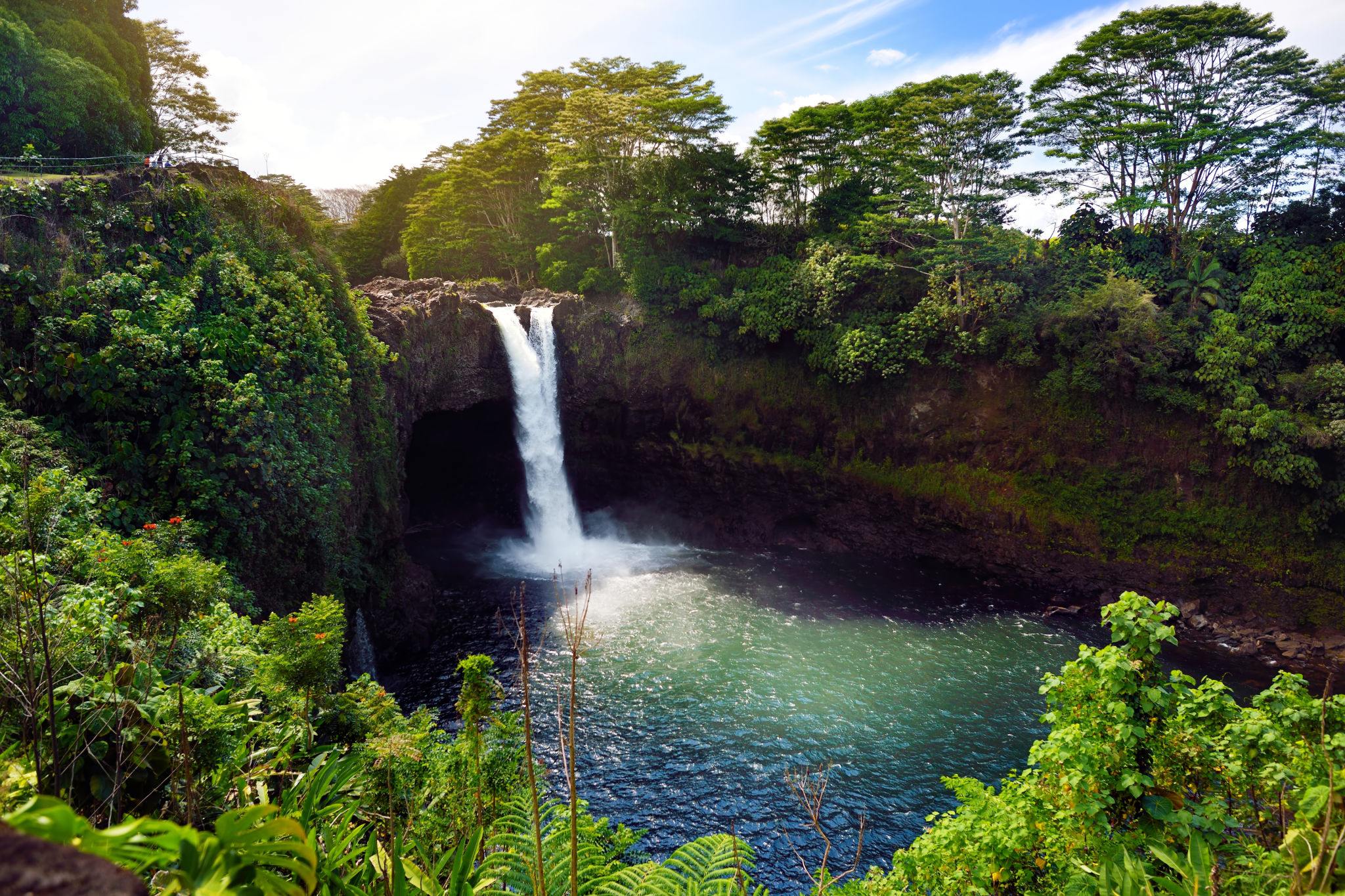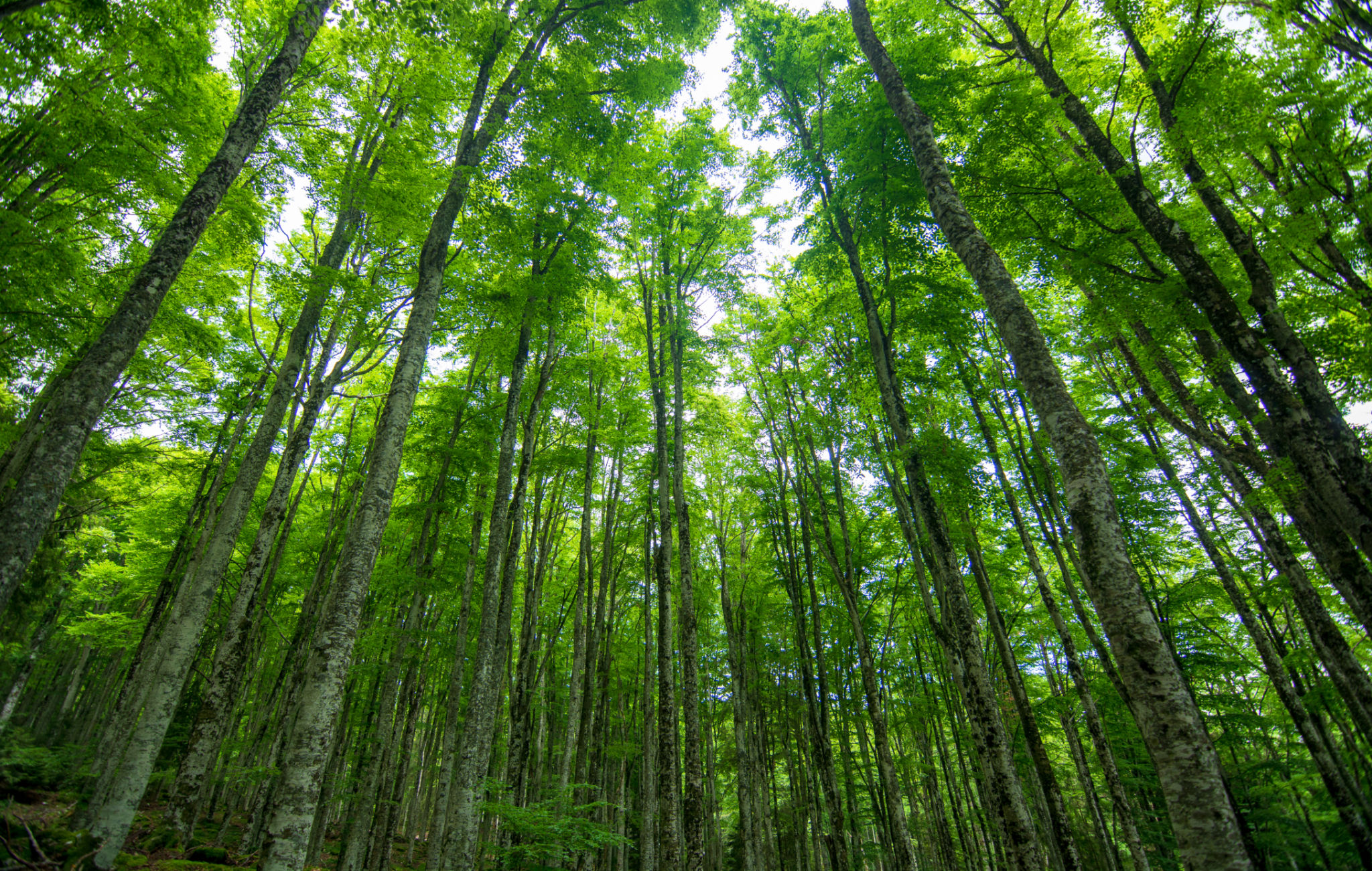Myth-Busting: Common Misconceptions About Land Conservation in Hawaii
Understanding the Importance of Land Conservation in Hawaii
Land conservation in Hawaii is often misunderstood, leading to several myths that can hinder efforts to protect and preserve the islands' unique ecosystems. These misconceptions can create barriers to effective conservation strategies and public support. By debunking these myths, we can better appreciate the importance of preserving Hawaii's natural landscapes.

Myth 1: Land Conservation Is Only About Protecting Endangered Species
One common misconception is that land conservation solely focuses on protecting endangered species. While safeguarding wildlife is a significant component, conservation efforts also aim to preserve entire ecosystems. This holistic approach ensures that everything from native plants to water sources is protected, maintaining the delicate balance necessary for biodiversity.
Moreover, land conservation helps mitigate climate change impacts by preserving forests that act as carbon sinks. It also safeguards cultural heritage sites and supports sustainable agricultural practices, providing a comprehensive benefit to both nature and people.
Myth 2: Conservation Hinders Economic Growth
A prevailing myth is that conservation efforts impede economic development. In reality, conservation can complement economic growth by promoting sustainable tourism, agriculture, and renewable energy projects. Hawaii's natural beauty is a major draw for tourists, and preserving these landscapes ensures the continued flow of tourism revenue.
Additionally, conservation projects create jobs in areas such as land management, research, and eco-tourism. By fostering a balance between development and preservation, Hawaii can achieve long-term economic stability.

Myth 3: Land Conservation Is a Government-Only Responsibility
Another misconception is that land conservation is solely the responsibility of government agencies. While government involvement is crucial, community participation plays an equally vital role. Local communities can contribute through volunteer programs, educational initiatives, and supporting local conservation organizations.
Engaging with indigenous knowledge and practices can also enhance conservation efforts. The Hawaiian concept of mālama ʻāina, or caring for the land, emphasizes the reciprocal relationship between people and nature, fostering stewardship at a grassroots level.
Myth 4: We Have Plenty of Time to Address Conservation Issues
There is a dangerous myth that conservation issues can be addressed later when resources or interest allow. However, delaying action can lead to irreversible damage to Hawaii's ecosystems. Invasive species, habitat loss, and climate change are pressing challenges that require immediate attention.

Proactive measures are essential to prevent further degradation. By acting now, we can ensure that future generations inherit a vibrant and healthy environment.
The Path Forward: Embracing Conservation
Dispelling myths about land conservation in Hawaii is crucial for fostering a more informed and supportive public. By understanding the broader benefits and shared responsibilities of conservation, we can work together to protect the islands' natural beauty and ecological health.
Conservation is not just about preserving the past; it’s about securing a sustainable future for Hawaii. Through collective effort and informed action, we can ensure that these islands continue to thrive for years to come.